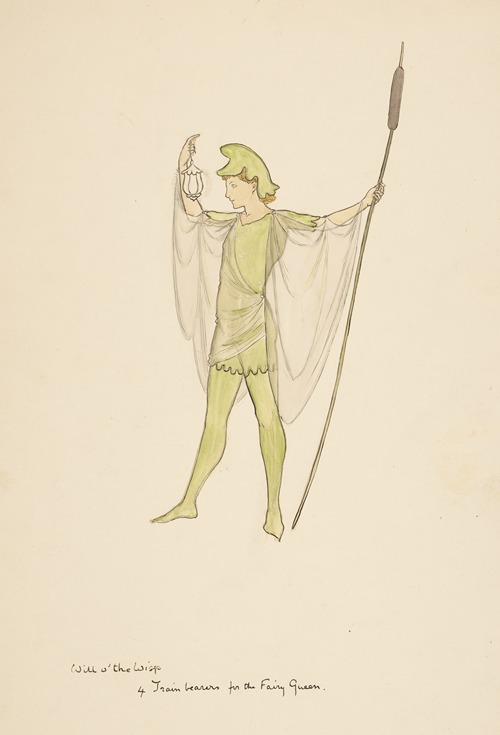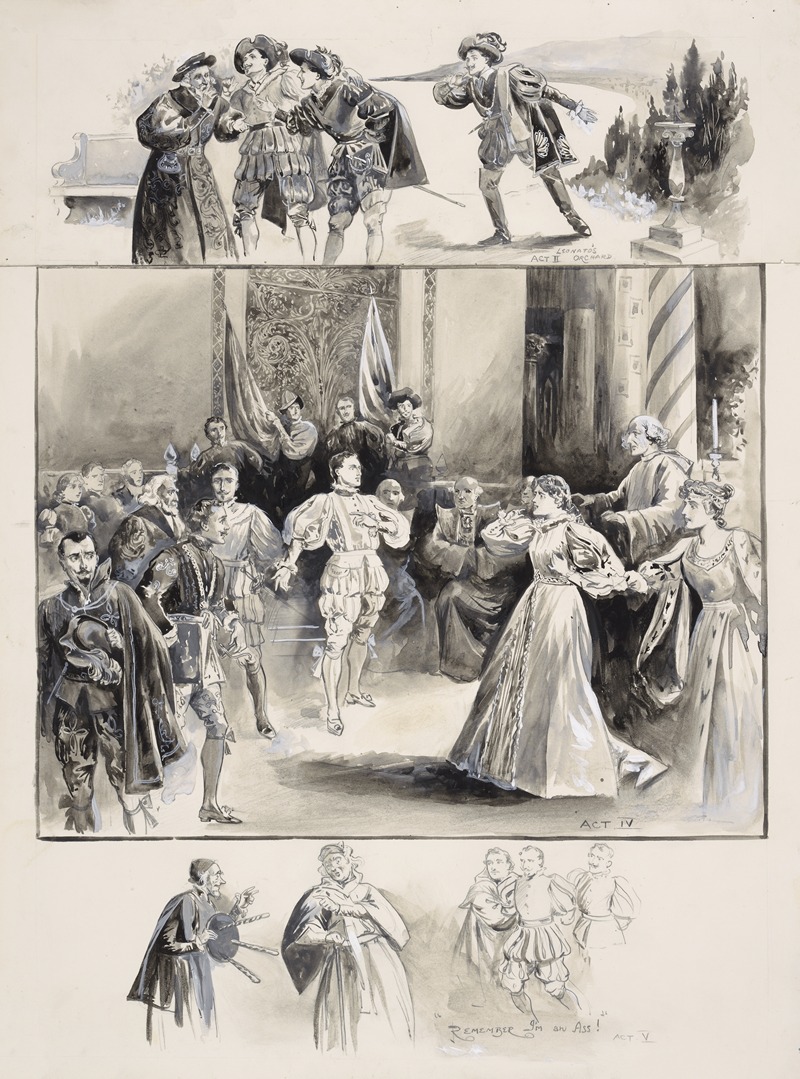
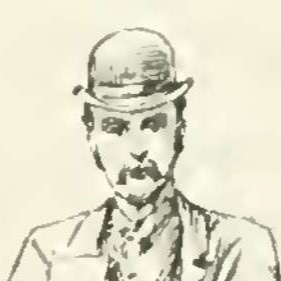
John Timothy Jellicoe was a British illustrator who produced large number of illustrations for newspapers and magazines as well as illustrating books and stories by a wide range of authors.
Jellicoe was born in London on 5 January 1842 to George Daniel Jellicoe (31 May 1799 – 8 December 1877), a solicitor's clerk and Ann Thomas (c. 1810 – October 1875). The census returns show Jellicoe as the second child of his parents. Ann Thomas was his father's second wife, and Jellicoe had a half-sister Harriet Sophia Jellicoe (1828 – aft. March 1911) and three half-brothers alive when he was born. Jellicoe was baptised on 20 February 1842 in St Mary, Islington, London.
Jellicoe married Georgina Annie Wiltshire (12 December 1841 – 18 October 1872), at Millbrook, Hampshire on 23 May 1868. The couple had one son, George Edward Jellicoe (c. 1872 – aft. 1924) who became a publisher.
At the time of the 1871 Census, Jellicoe was living at 1 Brook Road, Stoke Newington, London, where his son, George Edward, was born. Georgina died on 18 October 1872. Jellicoe remarried three years later to Charlotte Anne Holland (1845 – October–November 1913). They had two children Mabel (1877–1945) and Gordon (1885–1941).
The 1881 census found Jellicoe living at 2 Grosvenor Park Villas with his wife and two children. His occupation had changed from artist in wood to artist (figures). By 1891 Jellicoe was living at 74 Parkhill Road, Hampstead, where he would remain until 1907 at least. By the 1911 census he was staying at Gondar House, Gondar Gardens in Hampstead. By 1913 he was living at 5 Park Avenue, north of Hampstead.
John studied art in London and began exhibiting in 1865. He exhibited pen and ink drawings, paintings, and watercolours at the Society of British Artists and the Royal Academy. Jellicoe was regarded as an exceptionally fine figure artist and often collaborated with other illustrators by drawing figures into their illustrations of buildings and places.
Jellicoe was an illustrator for the Illustrated Sporting and Dramatic News as well as illustrating for other periodicals including the Illustrated London News, St. Paul's Magazine, The Windsor Magazine, and the boys' papers Union Jack and The Boy's Own Paper.
Jellicoe attended the Ripon Millenary Festival, held in Ripon, North Yorkshire, in 1886. This was one of the pageants of the late Victorian vogue for Merrie England.
While most of Jellicoe's illustrations were line drawings, he did a number of illustrations in colour. The Story of Joan of Arc (1906) was a children's book written by Andrew Lang (31 March 1844 – 20 July 1912). The book was published in by T. C. and E. C. Jack in London and Edinburgh. Jellicoe produced eight colour illustrations for the book, one of which (the wounding in battle) was used as a book cover.
Charlotte died in Willesden in October or November 1913, and Jellicoe followed in June 1914. He was buried on 13 June 1914 in the same plot in Hampstead Cemetery where Charlotte had been buried on 4 November.
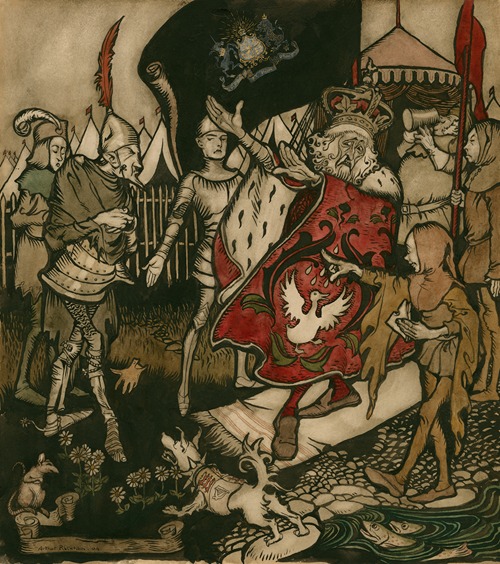
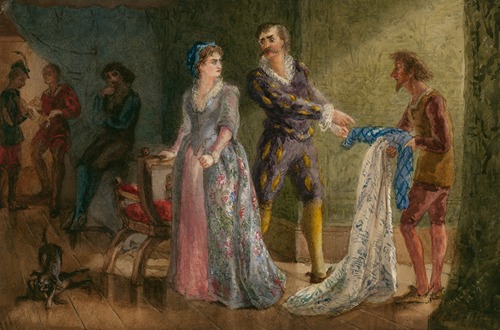
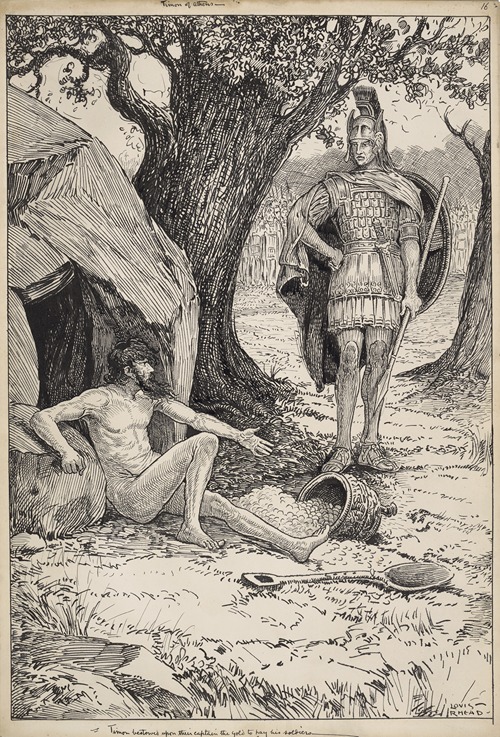
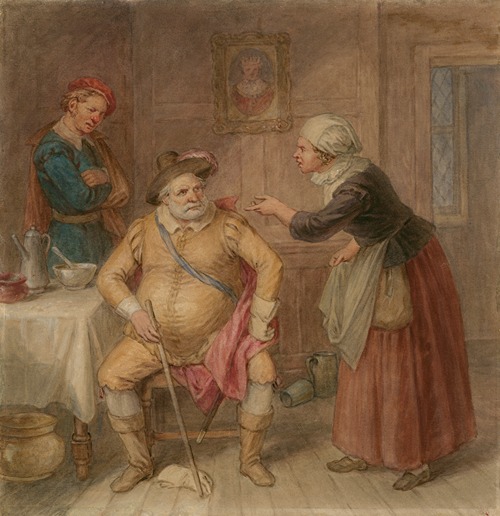
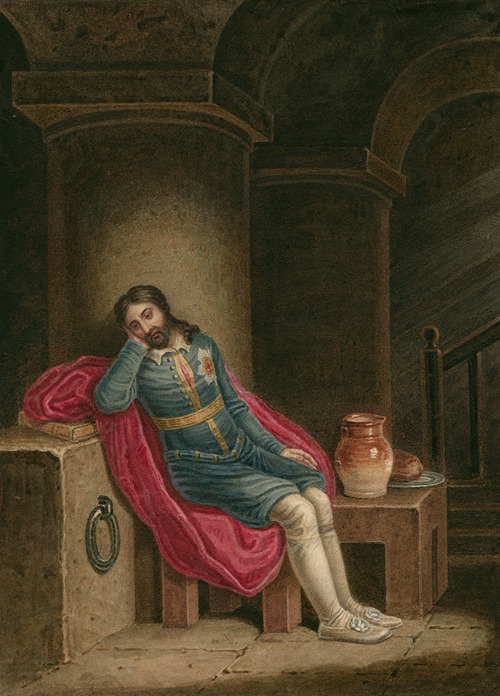
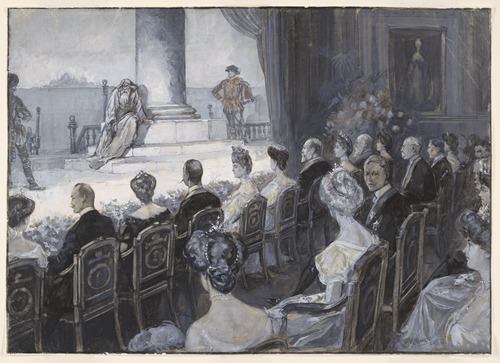
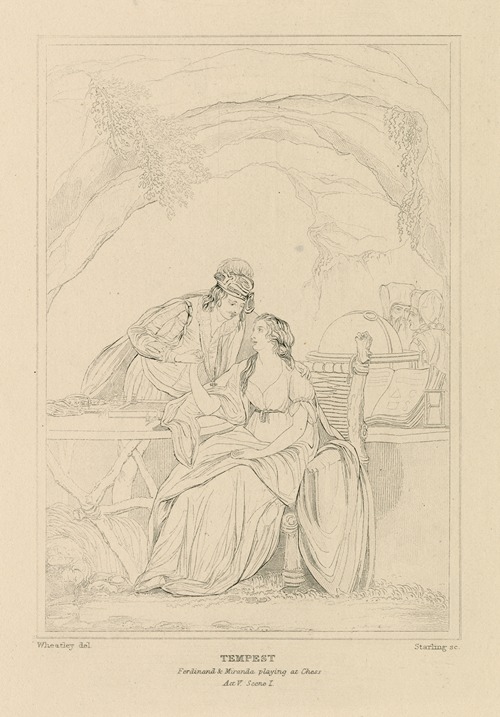
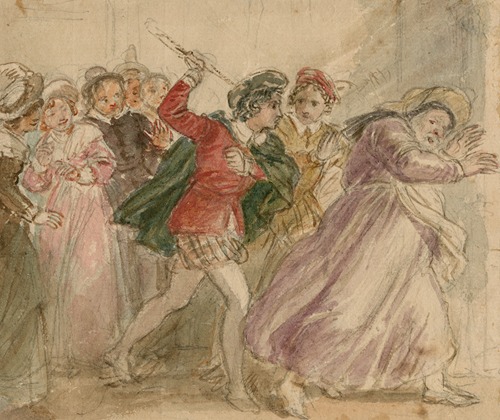
![Scene XIII [i.e. act 4, scene 1 of Merchant of Venice], a court of justice (lines commencing ‘Take then this pound of flesh’)](https://mdl.artvee.com/ft/960882il.jpg)

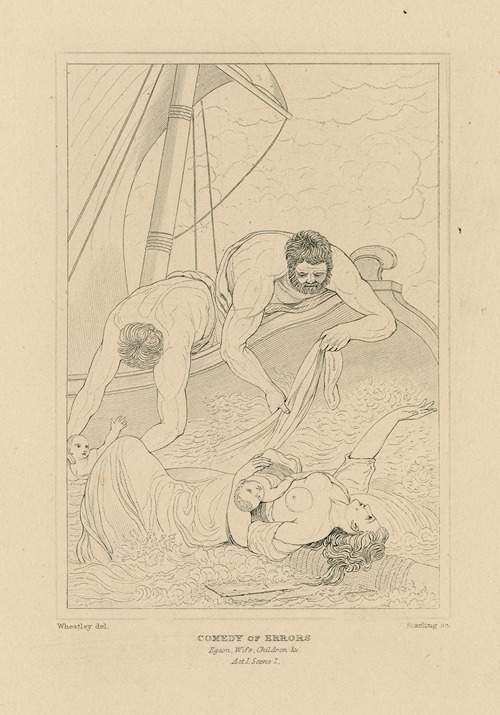
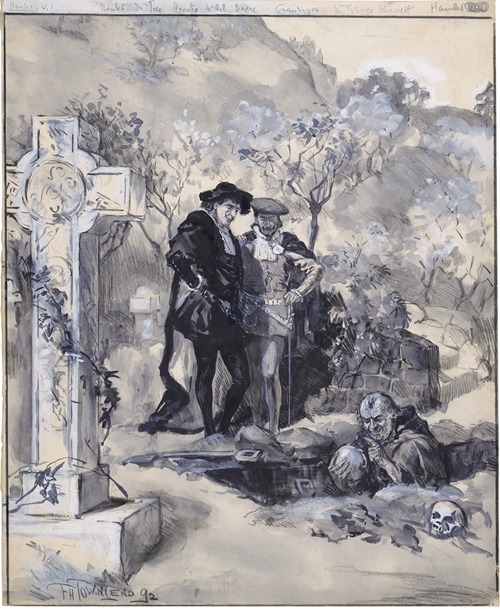
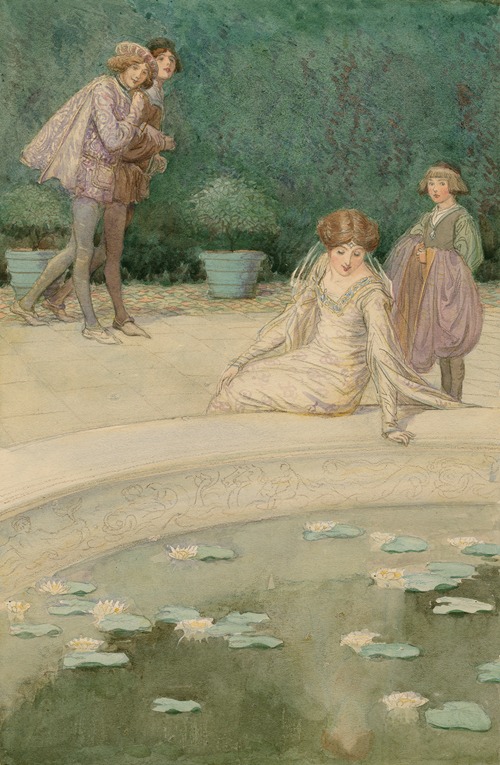
![Merry Wives of Windsor, act III, scene III [Mrs. Page]](https://mdl.artvee.com/ft/962045il.jpg)
